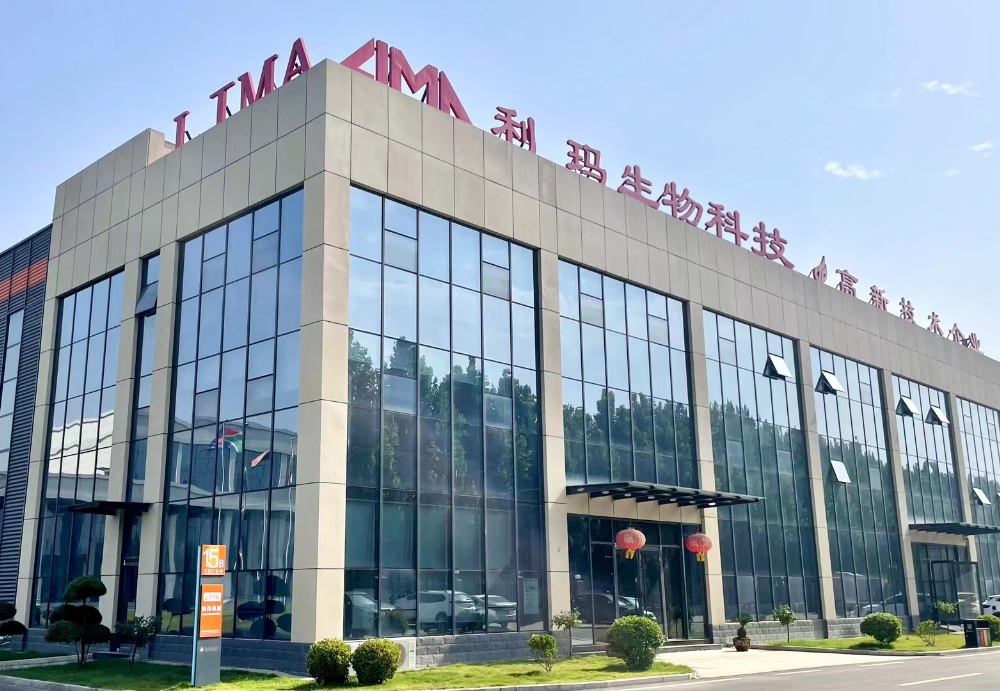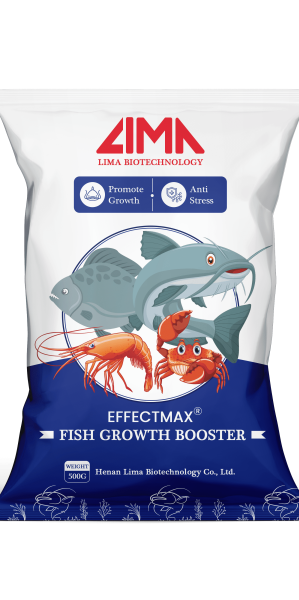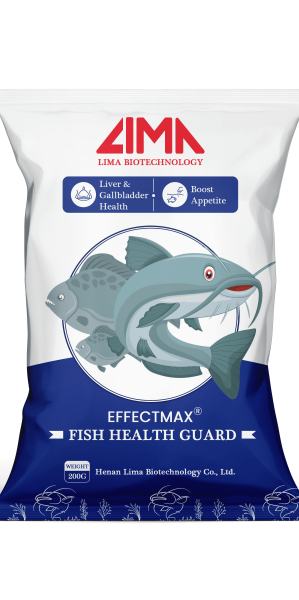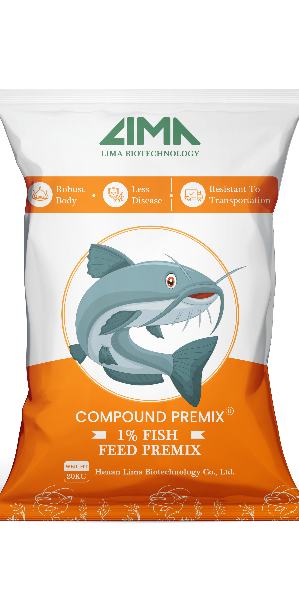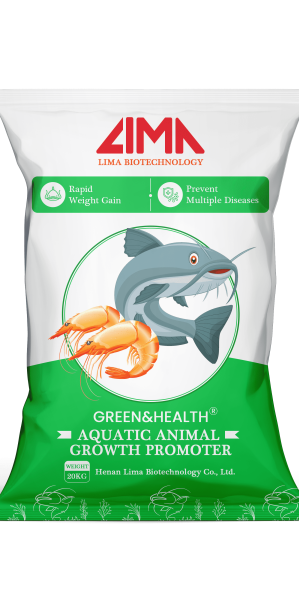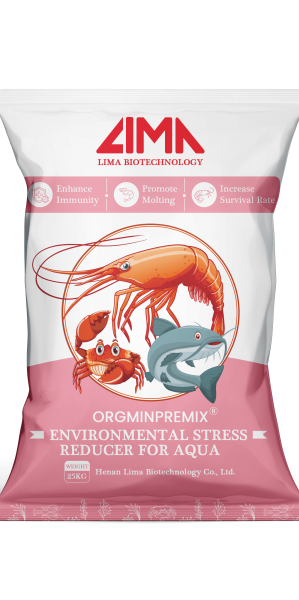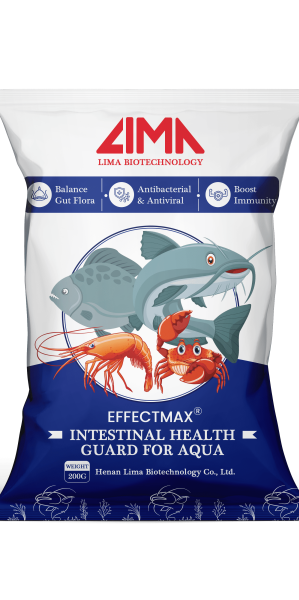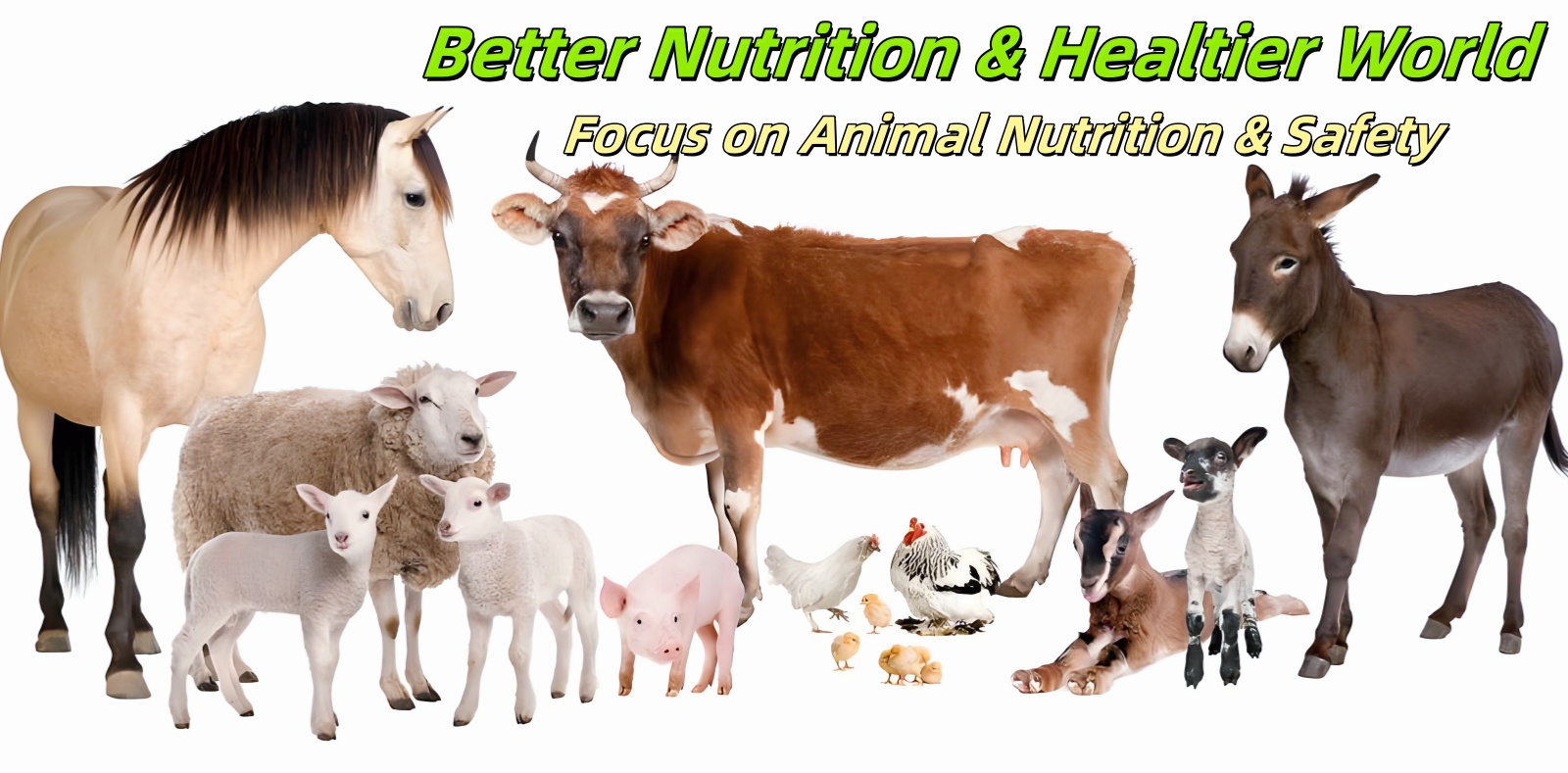Kenya's aquaculture industry is rapidly expanding, with Nile tilapia and African catfish leading the way in production. However, challenges such as high feed costs, disease outbreaks, and limited nutrient availability often hinder farmers from achieving optimal yields.
Against this backdrop, fish growth promoters and multivitamins have emerged as essential solutions. This article explores the role, benefits, and application strategies of fish feed additives in Kenya, focusing specifically on innovative products from Lima.
What are Fish Growth Booster and Multivitamin
Fish Growth Booster and Compound Multivitamin are key technologies in modern aquaculture. By embedding functional ingredients into base feed, they systematically address core issues such as fish growth, immunity, and nutrient absorption. Fish feed additives can be categorized into two main categories: nutritional enhancement (such as vitamins and amino acids) and functional regulation (such as probiotics and enzymes). The former directly supplements the physiological needs of fish, while the latter enhances overall performance by modulating the intestinal microbiome and metabolic pathways.
Of particular note is the Lima Fish Growth Booster and Multivitamin. This innovative product integrates probiotics, botanical extracts, and enzymes to achieve non-antibiotic fish health management. For example, probiotics inhibit pathogens through competitive exclusion, while botanical ingredients provide antioxidant and anti-inflammatory support, forming a multi-dimensional biological defense network.
Benefits of Fish Feed Supplement in Kenya
1. Building an Immune Barrier
Probiotics colonize the intestinal epithelium, stimulating mucus thickening and immunoglobulin secretion, thereby increasing fish resistance to common pathogens such as Aeromonas hydrophila by over 40%. In pond farming in Kakamega, Nile tilapia supplemented with probiotics experienced an 18% increase in survival compared to the control group, significantly reducing economic losses from bacterial diseases.
2. Boosting Nutrient Conversion
The use of enzyme preparations can reduce feed conversion ratio (FCR) by 0.2-0.3. For a tilapia farm with a 2-ton yield per mu (approximately 12,000 yuan) in feed costs annually. For example, lipase increases oil utilization from 65% to 82%, and trypsin improves protein digestibility by 15%. This efficiency improvement is particularly critical in high-density cage farming.
3. Optimizing Cost Structure
Functional additives can reduce feed waste by over 20% by improving digestion efficiency. Among smallholder farmers in Kisii, the use of compound additives reduced pond farming costs by 12% and shortened the growth cycle by 7-10 days, achieving a dual optimization of input-output ratios.
4. The Core of Gut Health
The gut, as the hub of nutrient absorption and immune defense in fish, directly determines farming profitability. Research has shown that a 20% increase in intestinal villi length can expand nutrient absorption area by 35%, while the synergistic effect of probiotics and prebiotics can increase intestinal microbial diversity by 30%, fostering a stable microecological balance.
What Are The Most Common Fish Feed Additives
1. Common Types on the Market
Probiotics and Prebiotics: Support intestinal flora stability, optimize digestion, and enhance immunity.
Enzymes: Such as trypsin and lipase, improve feed conversion efficiency.
Organic acids: Such as citric acid and lactic acid, improve the digestive environment and support nutrient absorption.
Vitamin and mineral premixes: Replenish common nutrient deficiencies and support physiological functions.
Natural ingredients such as seaweed and mushrooms: Contain special polysaccharides and micronutrients that aid immunity and growth.
2. Lima Product Advantages (Comprehensive, Natural)
Compared to most single-ingredient additives on the market, Lima's fish feed additives offer the following:
Comprehensive formula: Probiotics + amino acids + protein + vitamins + minerals, meeting multiple needs in one package.
Derived from natural plant extracts, not chemically synthesized, they emphasize safety and residue-free properties, meeting health and taste requirements.
Emphasizes dual intestinal and immune support to help improve overall growth quality.
Choose The Right Fish Feed Additive For Your Farm
First, clarify the core requirements of the fish species and aquaculture model. Nile tilapia, Sagana Aquaculture Center's dominant aquaculture species, places particular emphasis on protein utilization and heat stress tolerance, prioritizing additives containing proteases and botanical anti-stress ingredients. African catfish, due to their shorter intestines and lower digestion efficiency, should prioritize combined enzyme formulations (such as lipase and amylase) and probiotics to improve feed conversion.
Second, identify specific aquaculture objectives. If shortening the growth cycle is the primary goal, select products containing growth-promoting factors (such as complex amino acids and natural plant extracts) to enhance protein deposition efficiency. If the goal is to reduce losses from disease, prioritize ingredients such as probiotics and prebiotics that strengthen the intestinal immune barrier and reduce antibiotic use.
Third, thoroughly examine product ingredients and safety. High-quality additives should possess the dual characteristics of "natural origin + scientific formulation." For example, Lima products use active ingredients extracted from plants, avoiding the risk of residual chemical compounds. Furthermore, through the synergistic formulation of probiotics, vitamins, and minerals, they achieve "single additive, multiple benefits," reducing the complexity of ingredient matching during the aquaculture process.
What Is The Impact Of Feed Additives On The Taste And Nutritional Value Of Fish
Farmers' concerns about additives affecting taste are essentially concerns about ingredient safety. In fact, high-quality fish feed additives not only do not compromise taste, but can actually improve fish health and enhance meat quality.
Lima's fish feed additives are based on natural plant extracts and contain no synthetic chemicals, eliminating the possibility of residual odor. These natural ingredients regulate fish metabolism and promote collagen synthesis in muscle, resulting in a firmer and more elastic meat. Furthermore, the nutrients in the additives, such as amino acids and vitamins, optimize fat distribution in the fish, reduce the oxidation of unsaturated fatty acids, and enhance the umami flavor for a longer-lasting flavor.
How Often Should Fish Feed Additives Be Added To The Feed
In the early stages (after fry are placed in the pond), the fish's intestinal flora is not yet established and their resistance is weak, so continuous feeding is necessary for 7–14 days. Continuous use during the fry stage of Nile tilapia can increase survival by 15% and promote more active feeding.
During rapid growth periods (such as tilapia weighing 50–300 grams), fish have high nutritional needs and rapid metabolism, so feeding 3–5 days per week is recommended. Enzymes and amino acids can break down large feed molecules, improving absorption efficiency and increasing daily weight gain by 10–15%.
During periods of high disease prevalence or environmental stress (such as during the rainy season or after water changes), fish immunity decreases, requiring intensive feeding for 5–7 consecutive days. Ingredients like plant polysaccharides and vitamin C in Lima feed additives can enhance stress resistance and reduce the risk of disease. For example, during the rainy season in Rift Valley, increased use of Lima feed additives in cage-raised African catfish reduced disease incidence by over 20%.
Conclusion
In short, fish growth promoters and compound multivitamins are no longer optional supplements but essential tools for modern aquaculture in Kenya. For Kenyan farmers, choosing the right products—such as Lima's natural, comprehensive, and scientifically formulated feed additives—means ensuring healthier fish, faster growth, and higher profits. As the industry continues to grow, integrating these innovations will be key to achieving sustainable and competitive aquaculture in Kenya.
- About Lima Biotech
- Careers-Lima Biotech
- Code of Conduct-Lima Biotech
- Conditions of Sale-Lima Biotech
- Contact-Lima Biotech
- Cookies Policy-Lima Biotech
- Find Agent-Lima Biotech
- Global Warehouses
- Investor Relations-Lima Biotech
- Legal Information-Lima Biotech
- Privacy Policy-Lima Biotech
- Success-Lima Biotech
- Sustainability-Lima Biotech
- World Class Manufacturing-Lima Biotech













